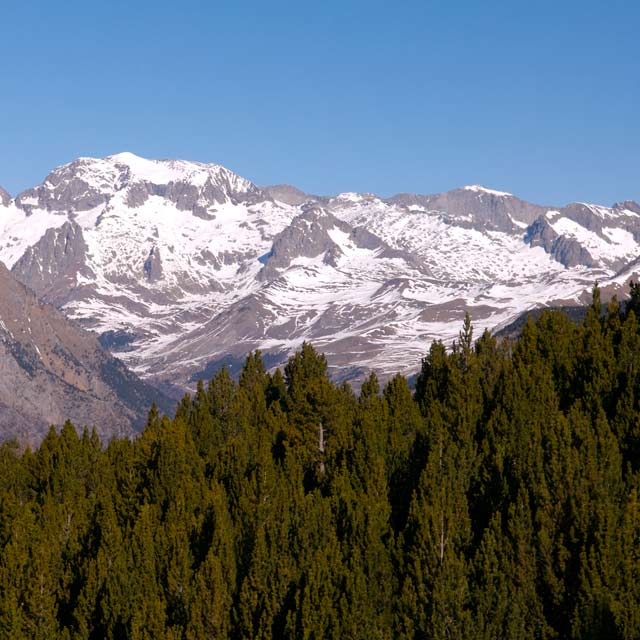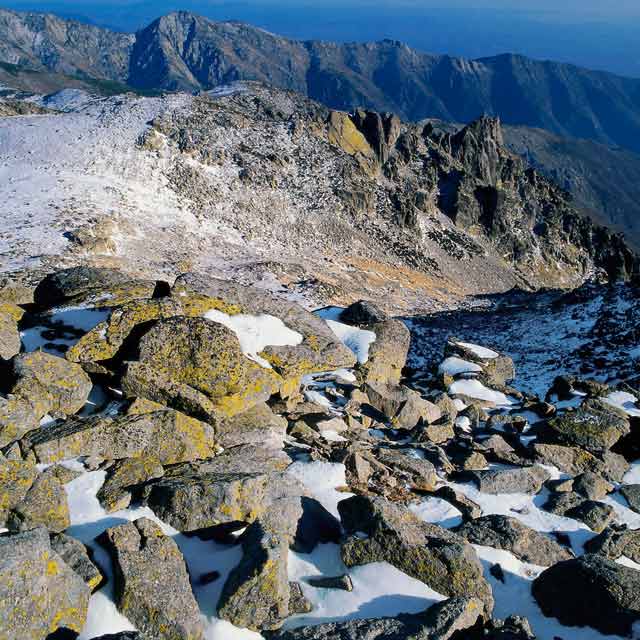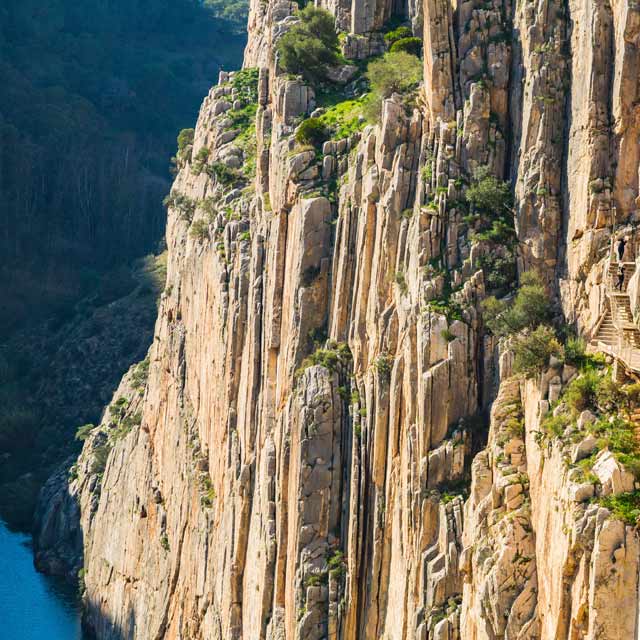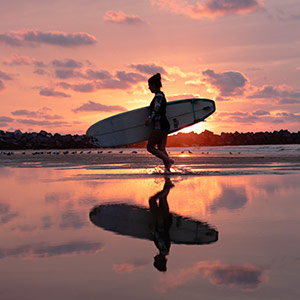WHY SPAIN?
Spain is Europe's second most mountainous country, which means that it is perfect for climbing. It boasts many high summits, sheer cliffs and faces, even right next to the sea, suitable for different levels of ability in climbing and alpine traverses.Spain has gained prime position worldwide as a rock climbing destination.Inland Spain is very mountainous, with the Central System and Iberian System, and river canyons with cliffs that are perfect for rock climbing.In the Balearic Islands, you will find the Tramuntana mountain range on Mallorca, while Tenerife in the Canary Islands boasts Spain's highest peak, Mount Teide.











